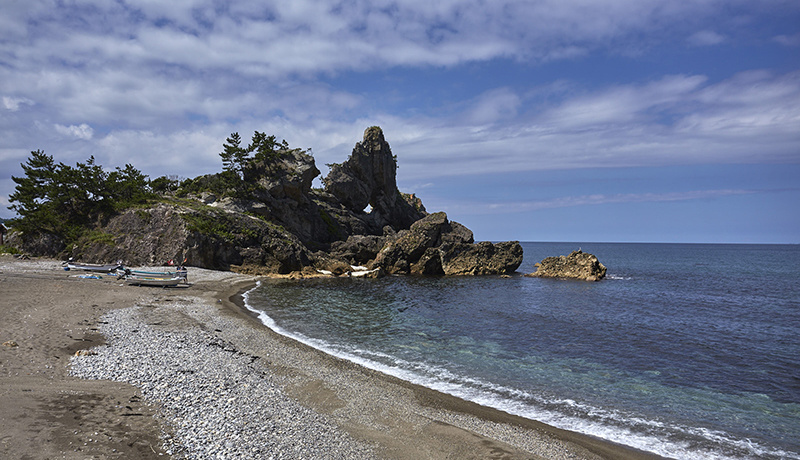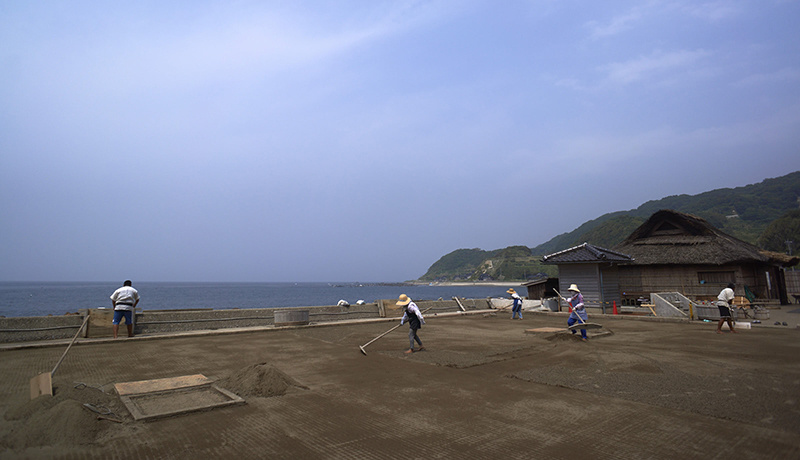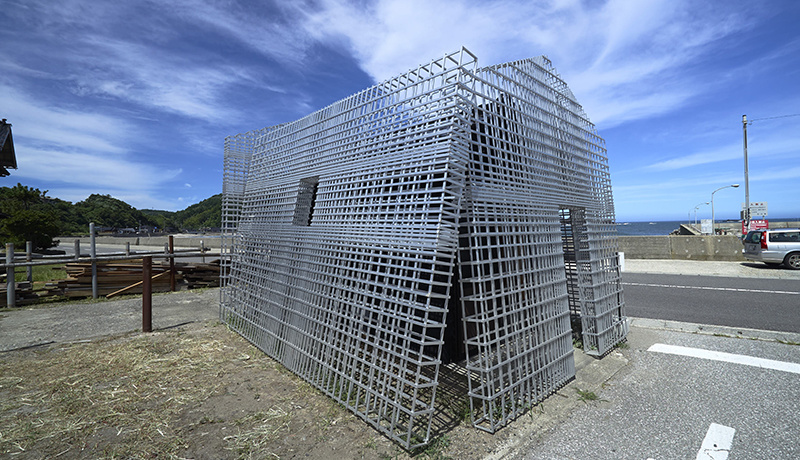
A drive to visit the Sea of Japan culture
People living in the Noto Peninsula, surrounded by the Sea of Japan, have been deeply involved with the sea and made a living mainly through fishing and agriculture. This place where humans and nature coexist was selected as Japan’s first “Globally Important Agricultural Heritage System” (GIAHS).
Immerse yourself in the Noto culture in Wajima and go all the way to Suzu, a town on the northernmost tip of the Noto Peninsula.
| 1. Depart from Wakura Onsen |
|---|
| 2. Wajima Morning Market |
| 3. Wajima Kobo Nagaya |
| 4. Kiriko Lantern Museum |
| 5. Senmaida Rice Fields |
| 6. Sosogi Coast |
| 7. Okunoto Salt Farm Village |
| 8. Suzu (Oku-noto Triennale) |
| 9. Rokkozaki |
| 10. Mitsukejima Island |
| 1. Depart from Wakura Onsen |
|---|
| 2. Wajima Morning Market |
| 3. Wajima Kobo Nagaya |
| 4. Kiriko Lantern Museum |
| 5. Senmaida Rice Fields |
| 6. Sosogi Coast |
| 7. Okunoto Salt Farm Village |
| 8. Suzu (Oku-noto Triennale) |
| 9. Rokkozaki |
| 10. Mitsukejima Island |
Wakura Onsen
Wajima
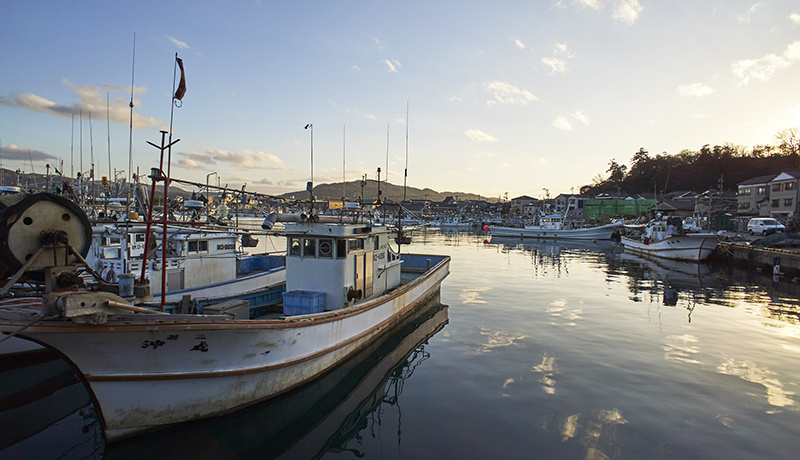
Wajima is around a one-hour drive from Wakura Onsen and has a population of around 30,000. The largest city in the northern part of the Noto Peninsula is called “Oku Noto” and is also known as a fishing port. The vibrant “Wajima Asaichi” (Morning Market) and the traditional crafts of Wajima lacquerware make up the tourism centerpiece.
Wajima Morning Market
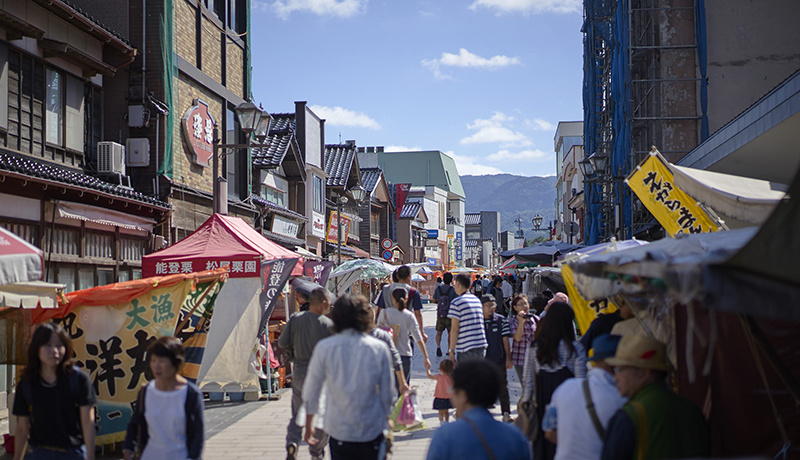
The morning market is said to have a history dating back over 1000 years and is open almost every day. The high street where the market is held contains shops selling seafood, vegetables, lacquerware, Japanese confectionery, etc. and gets crowded with many shoppers.
Wajima Kobo Nagaya
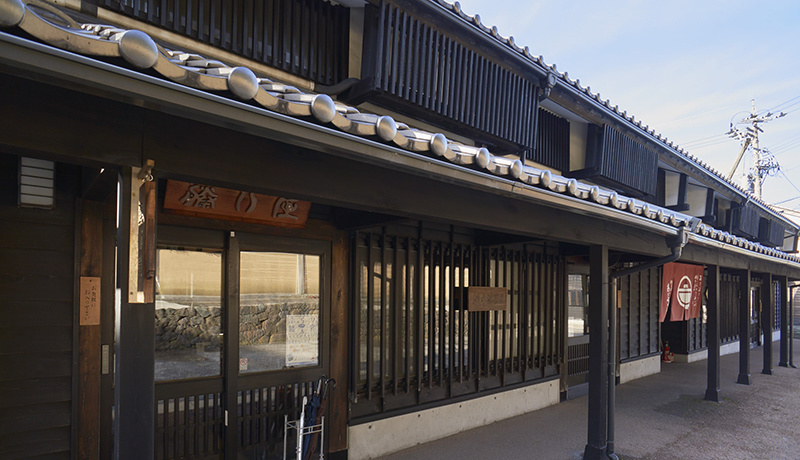
Wajima lacquerware, one of the oldest lacquerwares in Japan, is popular in the country as a luxury item. At “Wajima Kobo Nagaya,” you can see the manufacturing process of Wajima lacquerware and experience its pattern painting.
Kiriko Lantern Museum
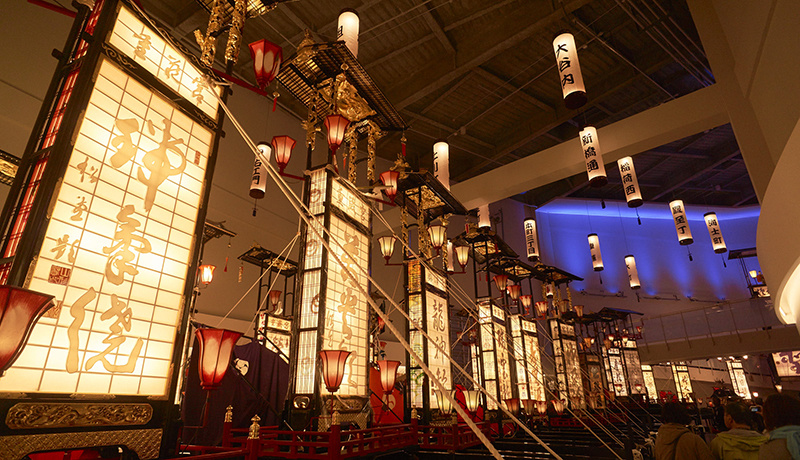
From July to September, a vibrant “Kiriko Festival” is held in various places across the Noto Peninsula. Kiriko is a huge lantern that is regarded as Yorishiro, a representative object of a divine spirit. A number of Kiriko, which plays a main part in the festival, are on display at the Wajima Kiriko Art Museum.
Senmaida Rice Fields
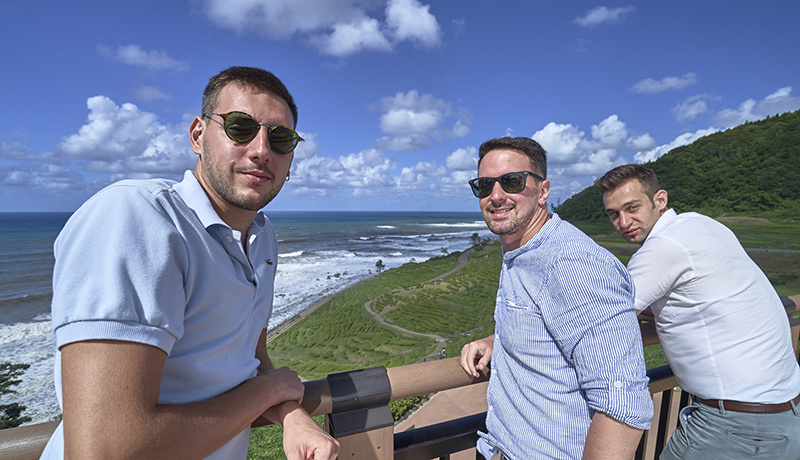
If you drive about 11 kilometers along the route 249 from the center of the city of Wajima, you will arrive at Shiroyone Senmaida rice terraces. These rice terraces, which local farmer have cultivated for over 1300 years, are interwoven with the beautiful scenery of Noto and the Sea of Japan in the background entertain the eyes of visitors.
Sosogi Coast
Okunoto Salt Farm Village
Suzu (Oku-Noto Triennale)
Rokkozaki
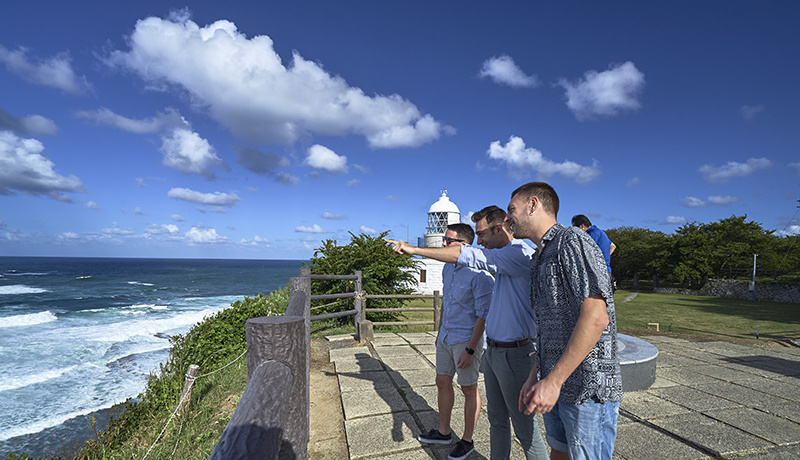
Rokkozaki is situated on the tip of the peninsula and has a 130-year-old white-walled lighthouse. Park your car at the “Roadside station Noroshi” and walk up the slope and steps for a wide panoramic view from the cliff, where you can also hear the breaking waves.
Mitsukejima Island
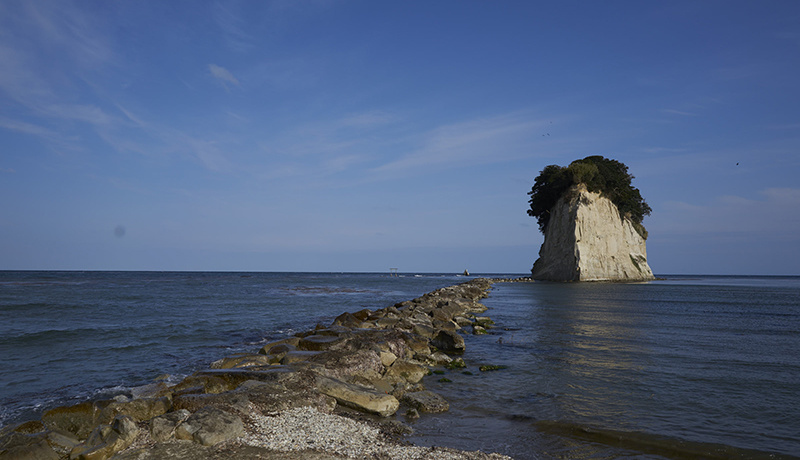
The rough coastline eroded by waves completely changes after Rokkozaki, with a calm landscape of the bay and inlet unfolding.
Mitsukejima Island is Noto’s symbol, rising 28 meters up out of the sea. There is a small rock path that takes you close to the island.













